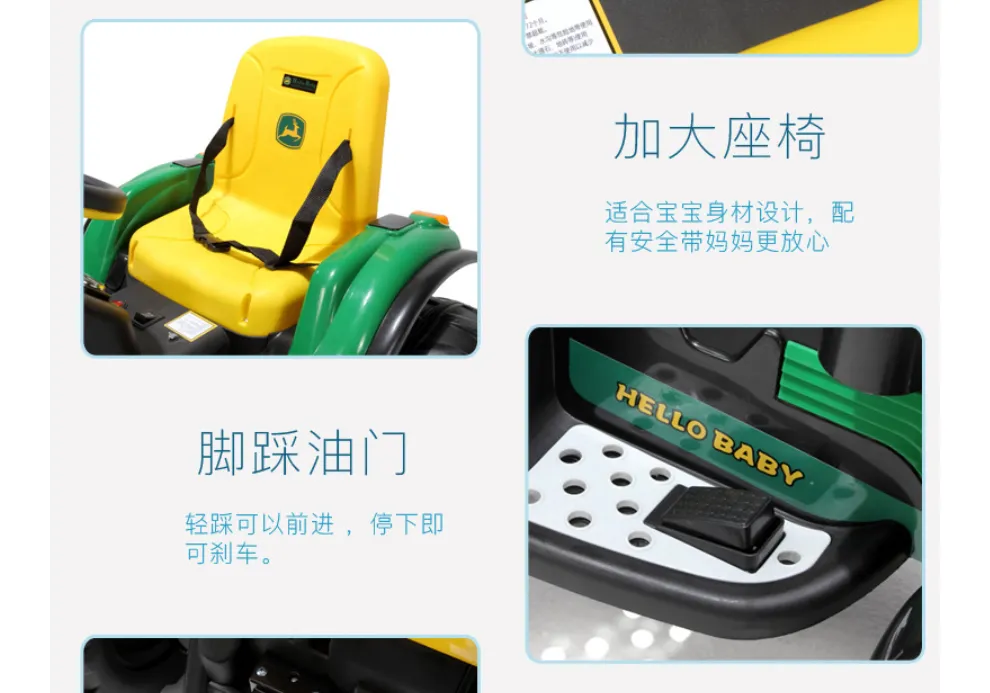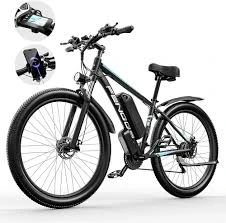Mar . 03, 2025 12:27 Back to list
gt mountain bike derailleur


Real-world experience shared by seasoned bikers highlights the importance of regular maintenance and timely upgrades of your GT mountain bike's derailleur. Regular maintenance — such as cleaning and lubrication — can prevent dirt build-up that often leads to derailleur malfunctioning. Many experts recommend a seasonal check-up to ensure that your derailleur is in prime condition. Additionally, staying up-to-date with the latest derailleur technology is equally important. Innovations in derailleur tech often lead to significant improvements in the biking experience, with newer models offering smoother gear transitions and increased durability. Investing in a high-quality derailleur may seem significant initially, but it pays off by enhancing your biking experience and reducing potential repair costs in the long run. Authoritative biking enthusiasts are often quick to assert that a derailleur upgrade is one of the most efficient ways to improve your bike’s performance. As you gain more experience in mountain biking, you may even become particular about specific derailleur features such as cage length and spring tension, which can be adjusted according to personal preference and weight distribution on challenging terrains. In conclusion, choosing the right derailleur for your GT mountain bike is not just a technical decision but a strategic one. It's about enhancing your overall biking experience, ensuring your safety, and getting the best performance out of your bike. For those looking to make a savvy investment in their biking capabilities, understanding the role and choosing the right derailleur is a step in the right direction. Through meticulous selection and maintenance, your GT mountain bike can continue to deliver exceptional performance on any trail.
-
In-Depth Guide to Ebike Frames: Design, Use & Future Trends
NewsNov.25,2025
-
Discover Top E Bike Brand Insights, Specs & Future Trends | Yanline Bike
NewsNov.24,2025
-
Green E Bike – The Future of Sustainable Urban Mobility
NewsNov.24,2025
-
Ruffian eBike: Durable, Efficient Electric Bikes for Modern Mobility
NewsNov.23,2025
-
Comprehensive Guide to the Global E Bike Market and Future Trends
NewsNov.23,2025
-
Understanding Electric Bicycle Range: A Complete Guide for Smarter E-Bike Use
NewsNov.22,2025
-
Ceron Electric Bike – Efficient, Sustainable Urban Mobility Solutions
NewsNov.22,2025




